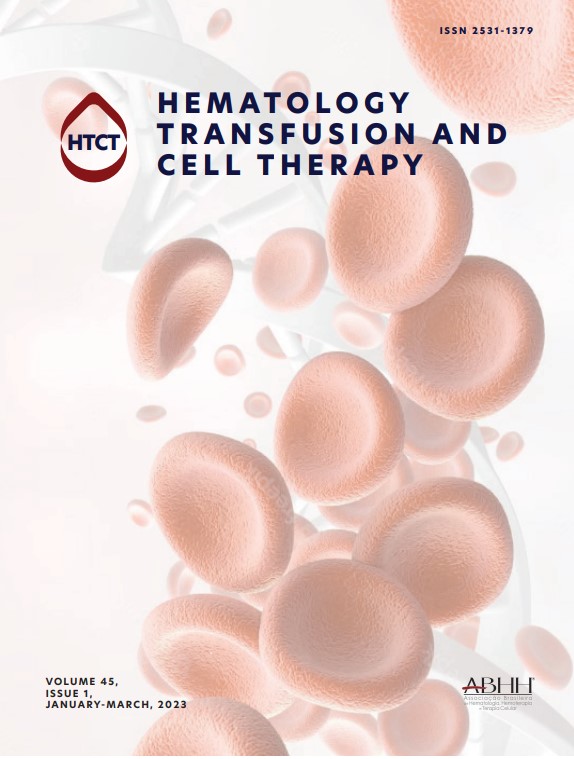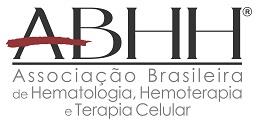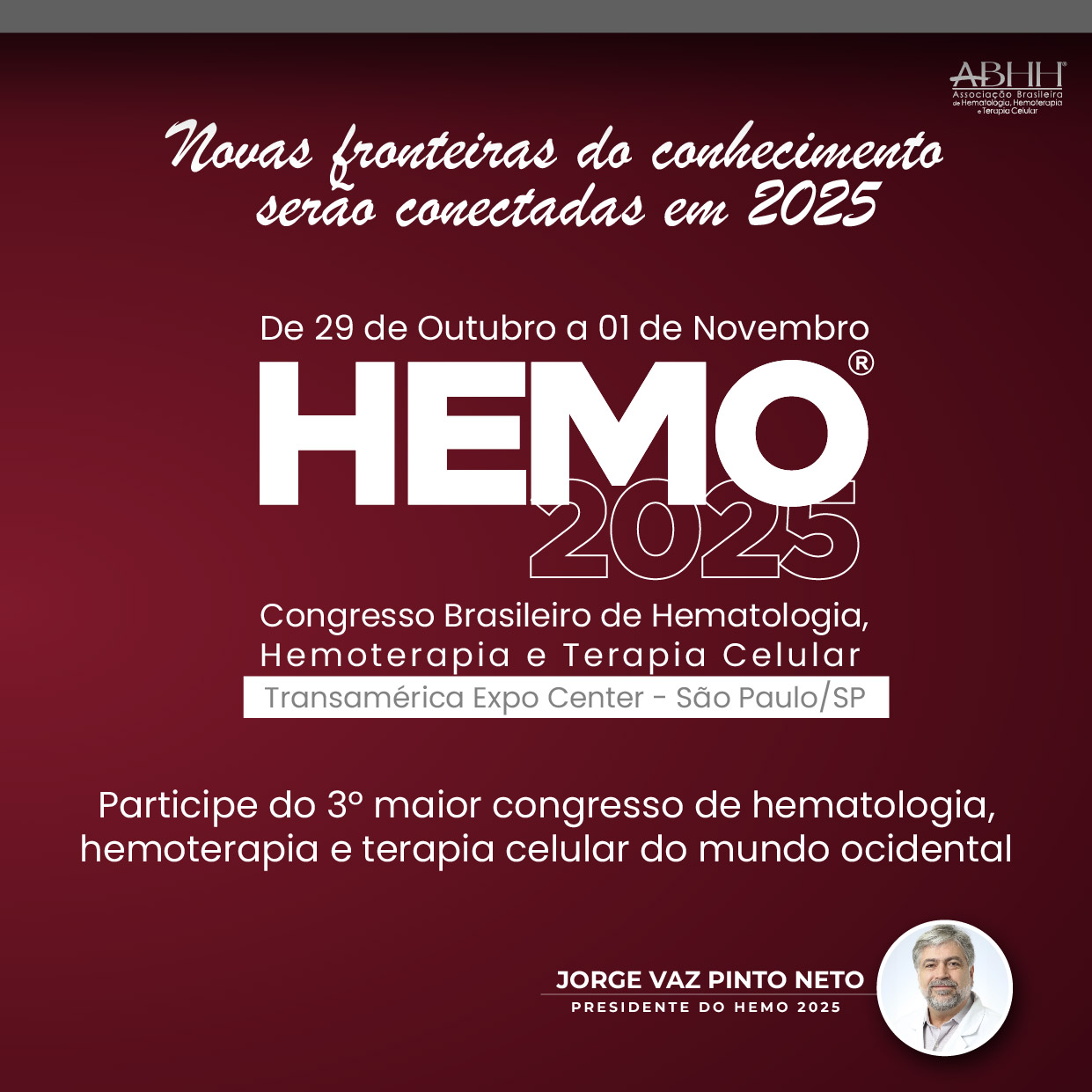Background and aims: Sickle cell disease (SCD) treatment may involve several strategies, which is perceived through different ways by patients and healthcare providers (HCPs). This study aims to determine treatment patterns, satisfaction, and adherence of Brazilian SCD patients, considering both patients and HCPs’ perspectives. Material and methods: Multi-country, cross-sectional analysis, including data from SCD patients and HCPs who actively treat and manage SCD (The SWAY Survey). Herein, data from Brazilian patients aged >6 years old (those aged 6 to 11 years old completed the questionnaire with a caregiver/parent/legal guardian) and HCPs (independently selected from patients) were included. Both questionnaires included variables regarding demographics and treatment characteristics. About treatment goals and satisfaction subjects were asked to classify using a scale ranging from 1 (strongly disagree or very dissatisfied) to 7 (strongly agree or very satisfied). HCPs were also asked to classify treatment decision factors in a scale ranging from 1 (not important at all) to 7 (the most important). Results: A total of 260 patients and 30 HCPs were included. Considering strategies ever used by patients, folic acid (n=252, 96.9%), antibiotics (n=230, 88.5%), anti-inflammatories (n=222, 85.4%), vaccination (n=215, 82.7%), occasional blood transfusion (n=193, 74.2%), HU (n=178, 68.5%) and over the counter pain medication (n=177, 68.1%) were the most frequently reported. The most frequent treatment strategies used at study entry were folic acid (n=239, 91.9%) and hydroxyurea (HU) (n=161, 61.9%). Decision factors classified as most important by HCPs were related to improving patients'survival and improve quality of life (QoL). Despite the survival importance, both HCPs (n=20, 66.7%) and patients (n=154, 59.2%) describe improve on QoL as the main SCD treatment goal. Among HCPs, only 3.3% (n=1) reported to be completely satisfied with treatment options, and for patients 31.9% were very satisfied with the management and treatment of their disease. Regarding treatment adherence, 63% (n=41) of patients reported to never reduce/stop medication without informing doctor and when it happens is due to forgetfulness. HCPs frequently reported that some patients do not take their medication as instructed (n=17, 56.7%) and miss medication doses occasionally (n=12, 40.0%) and all the time (n=17, 56.7%). Discussion: This abstract showed the most frequency treatment used by the Brazilian patients and the importance of QoL as the main SCD treatment goal. The treatment satisfaction and adherence results was different between patients and HCPs. Even with the importance of treatment on patients'survival, both patients and HCPs agreed that main treatment goal is to improve QOL. Conclusion: In Brazil, SCD patients usually use folic acid and HU. Neither patients nor HCPs were completely satisfied with the SCD treatment and had different opinion about adherence. Treatment options able to improve satisfaction and adherence, especially with impact on QoL, are still needed.
O fator de impacto mede o número médio de citações recebidas em um ano por trabalhos publicados na revista durante os dois anos anteriores.
© Clarivate Analytics, Journal Citation Reports 2025
O CiteScore mede as citações médias recebidas por documento publicado. Mais informação
Ver maisSJR é uma métrica de prestígio baseada na idéia de que todas as citações não são iguais. SJR utiliza um algoritmo similar ao page rank do Google; é uma medida quantitativa e qualitativa ao impacto de uma publicação.
Ver maisSNIP permite comparar o impacto de revistas de diferentes campos temáticos, corrigindo as diferenças na probabilidade de ser citado que existe entre revistas de distintas matérias.
Ver mais





